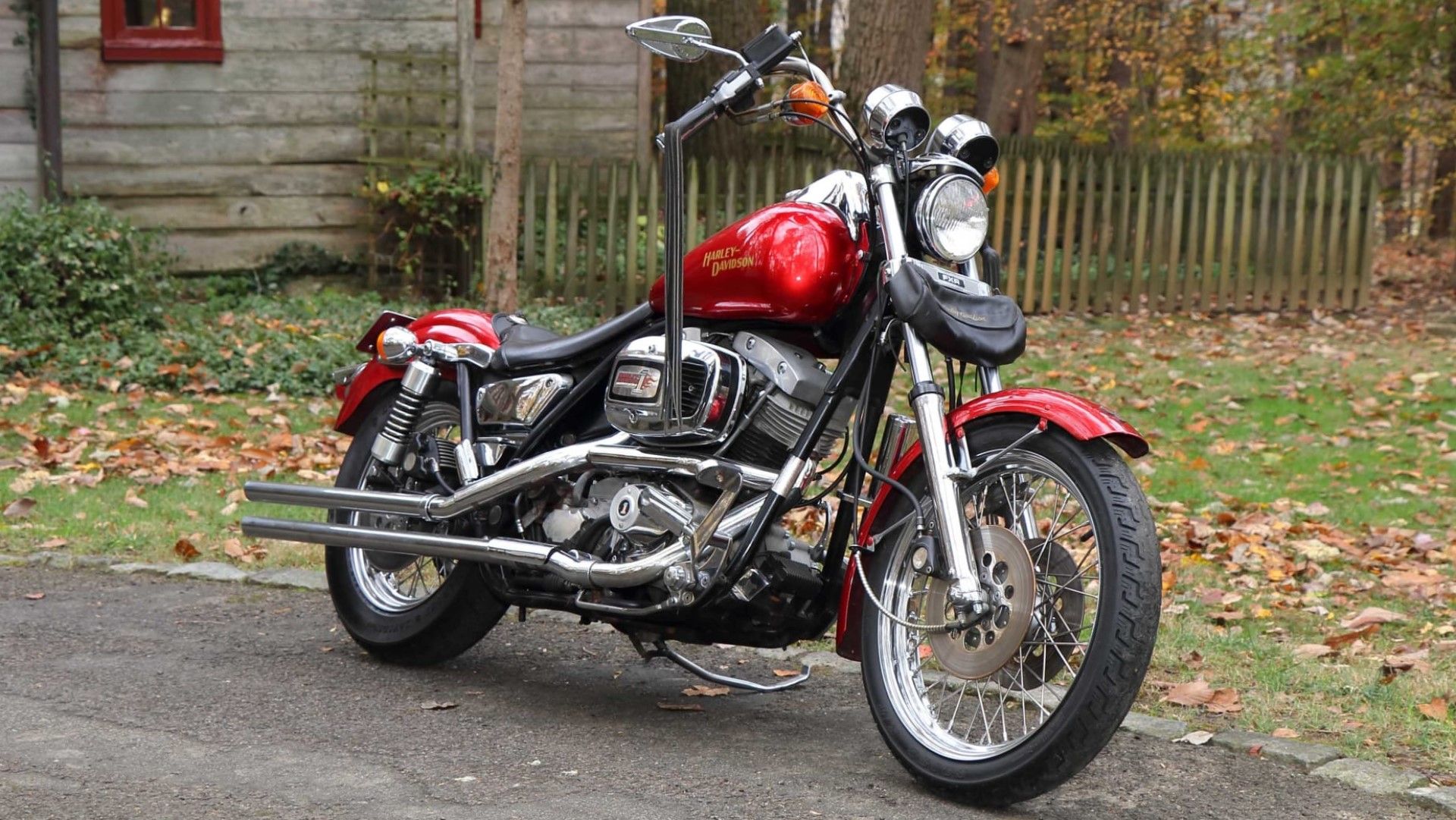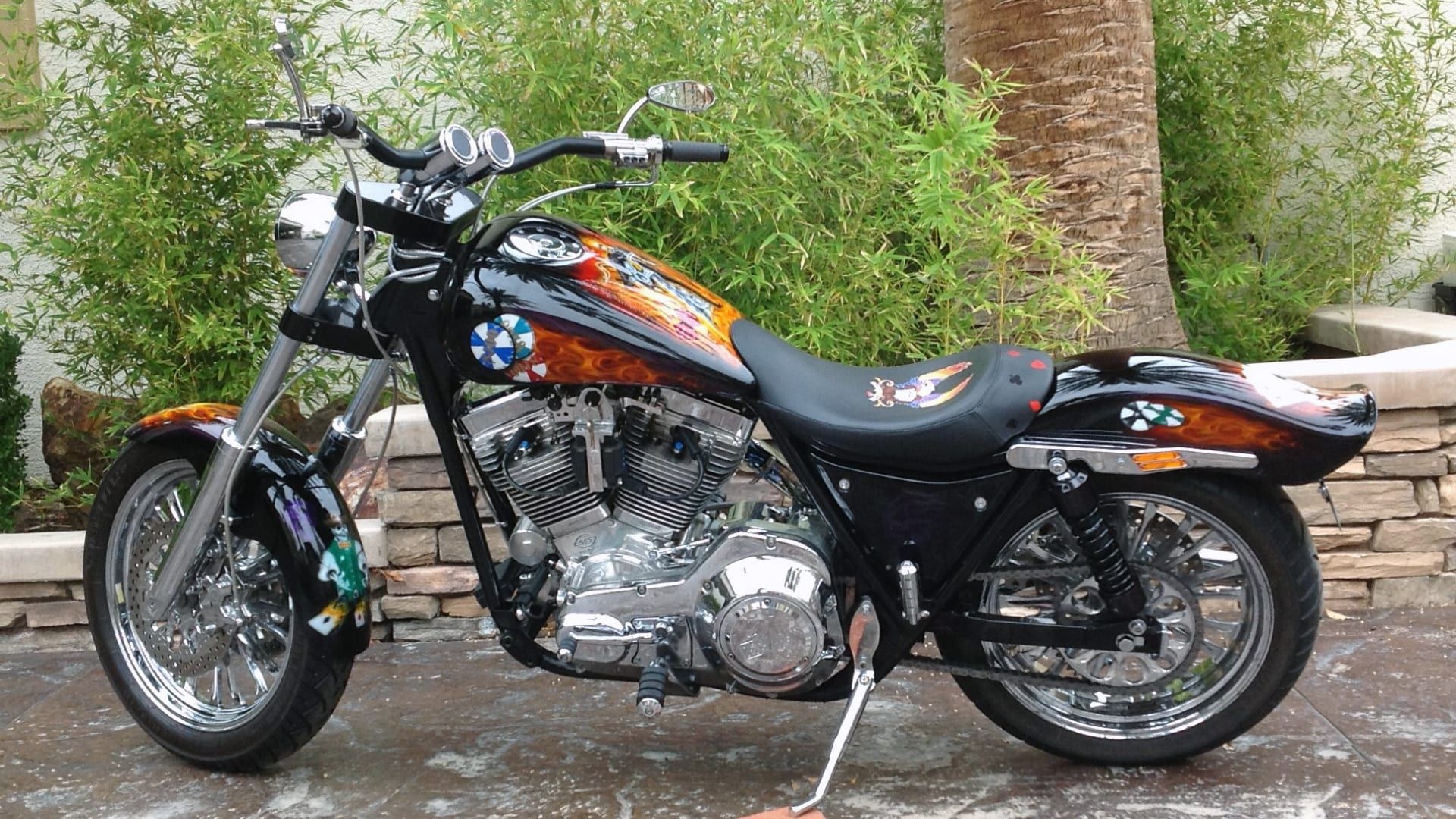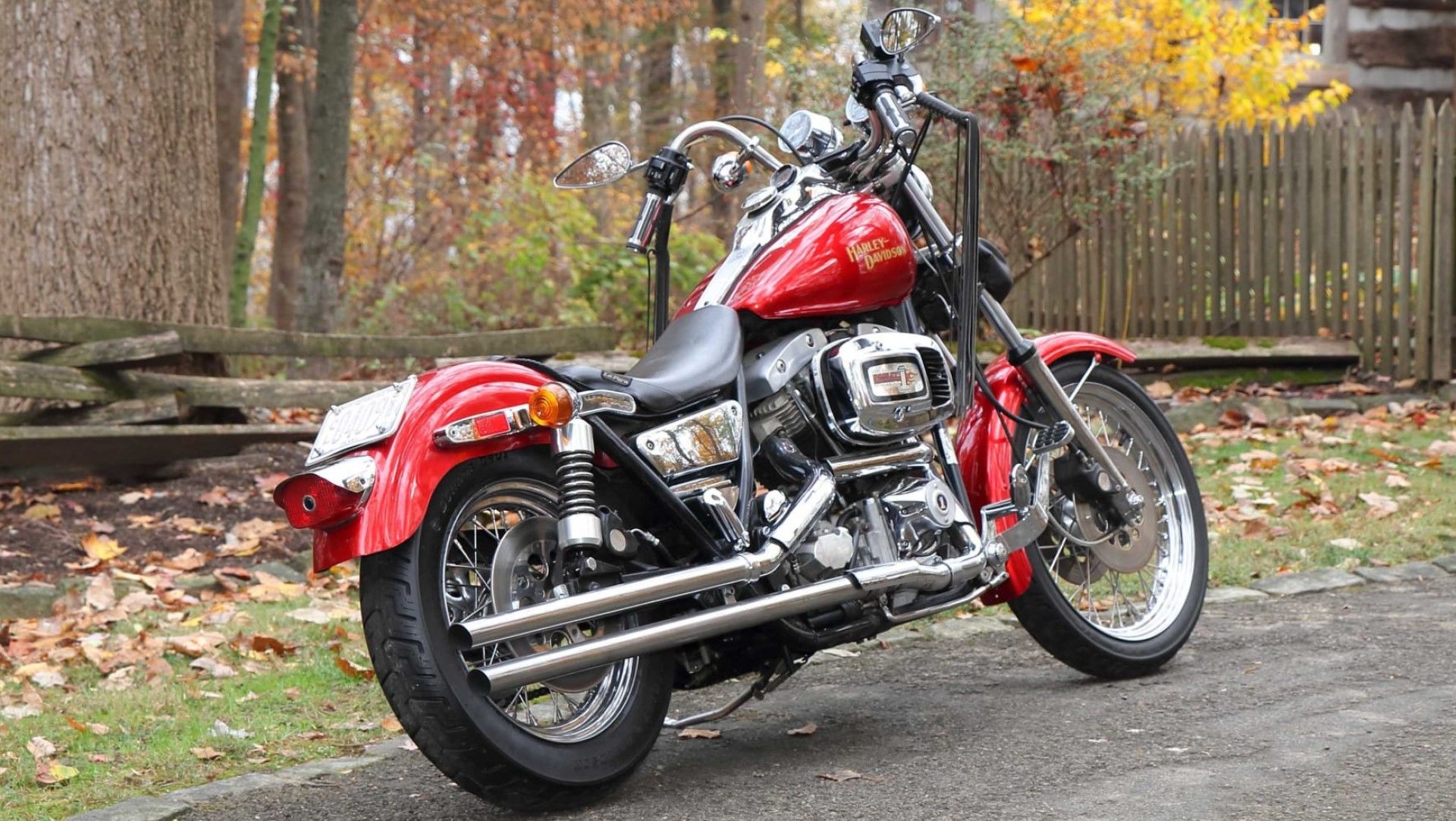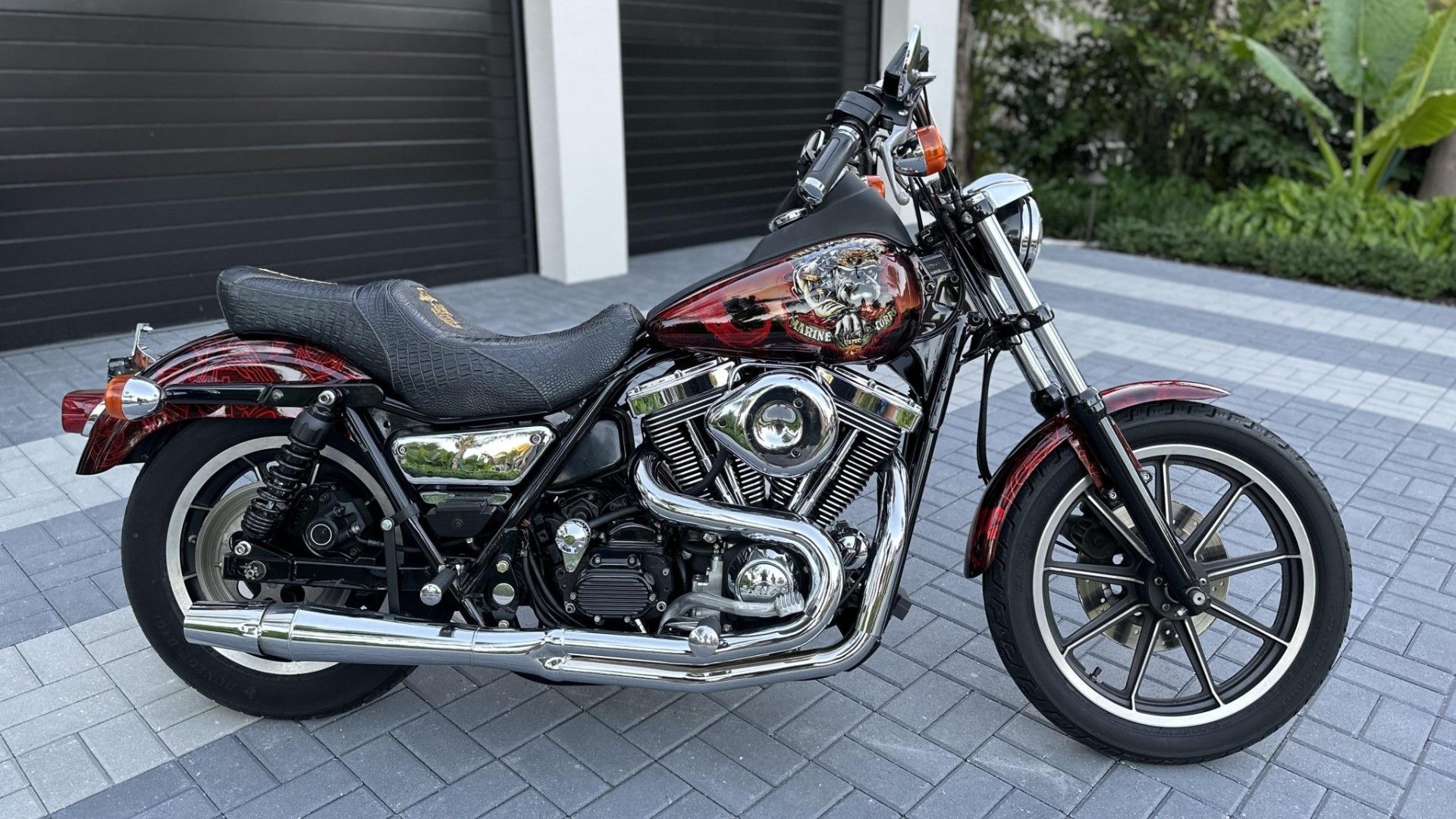Read update
- The Harley-Davidson FXR has a storied past and has recently begun to gain traction in the used market. Given that, we have updated this list to include a few more highlights of Harley's once-popular cruiser.
Key Takeaways
- The Harley-Davidson FXR was a game-changer, offering superior handling and comfort.
- Despite its decline in the past, the FXR is now seeing a resurgence among collectors.
- Prices for used FXRs are on the rise, showcasing the growing demand for this iconic bike.
In 1982, Harley-Davidson gave the world its first taste of the FXR, and the effect was instantaneous. Outwardly, it was plenty appealing, and once people got to grips with its other aspects, it was confirmed that Harley had a winner on its hands. Indeed, the hype around the FXR was so much that plenty of reputable sources claimed it was the best Harley ever produced. That's a tall claim for someone who's been in the game for as long as Harley-Davidson has with as many successful machines it's produced.
UPDATE: 2024/03/06 11:20 EST BY RAUNAK AJINKYA
The Harley-Davidson FXR has a storied past and has recently begun to gain traction in the used market. Given that, we have updated this list to include a few more highlights of Harley's once-popular cruiser.
Naturally, people expected the FXR to evolve and keep going. But that wasn't the case. Intriguingly, the Harley-Davidson FXR only managed a 13-year run until 1995, with interest waning in what was once considered peak Harley-Davidson. Following that, there's been little interest in the bike until recently, the reasons behind which are exactly at the core of this piece.
All the information in this piece has been taken from Harley's official releases. Other reliable sources across the internet have been referenced for missing information.

10 Used Harley-Davidson Motorcycles That Offer Great Value For Money
Indulge in the Harley allure at a fraction of the cost with these pre-owned models.Harley-Davidson's Need Of The Hour
In the early eighties, Harley had its back against the ropes trying to box with Japanese manufacturers like Honda and Yamaha, whose light, quick, sportier bikes were landing haymakers on Harley-Davidson’s United States market share. Harley had been looking for a solution for a long time. Japanese motorcycle companies had been competing vigorously with Harley-Davidson since the sixties; they offered lower prices, better performance, and superior handling.
Harley-Davidson’s eventual answer was the FXR. A slight adaptation of the FLT and FXE models’ frames, the true standout feature of the FXR was the rubber-mounted engine. This offered a much more comfortable ride than the rigid-mounted setups of other Harley models. Harley then raised the seat height and equipped the bike with footpegs to give it more room to lean in the corners. Though the bike's geometry was a little different from other Harley models, these slight changes produced drastic improvements in handling. Throw in a five-speed transmission, and the FXR was a performance machine next to Harley’s larger, heavier models of the early eighties.
In the years that followed, Harley-Davidson released variations of the FXR, including the now-iconic Sport Glide, which featured the hard clamshell bags and scalloped fairing we have come to remember the FXR by. It is those features that are now so widely collectible with respect to the FXR.
1982 Harley-Davidson FXR Specs
|
Displacement |
1,337cc |
|
Engine Type |
V-Twin |
|
Power |
58 hp |
|
Torque |
67 lb-ft |
|
Gearbox |
5-speed |
|
Curb Weight |
640 lbs |
|
Fuel Capacity |
4.2 gallons |
|
Standing 1/4 mile |
14.2 seconds/92.6 mph |
(Specs sourced from Motorcycle Specs)
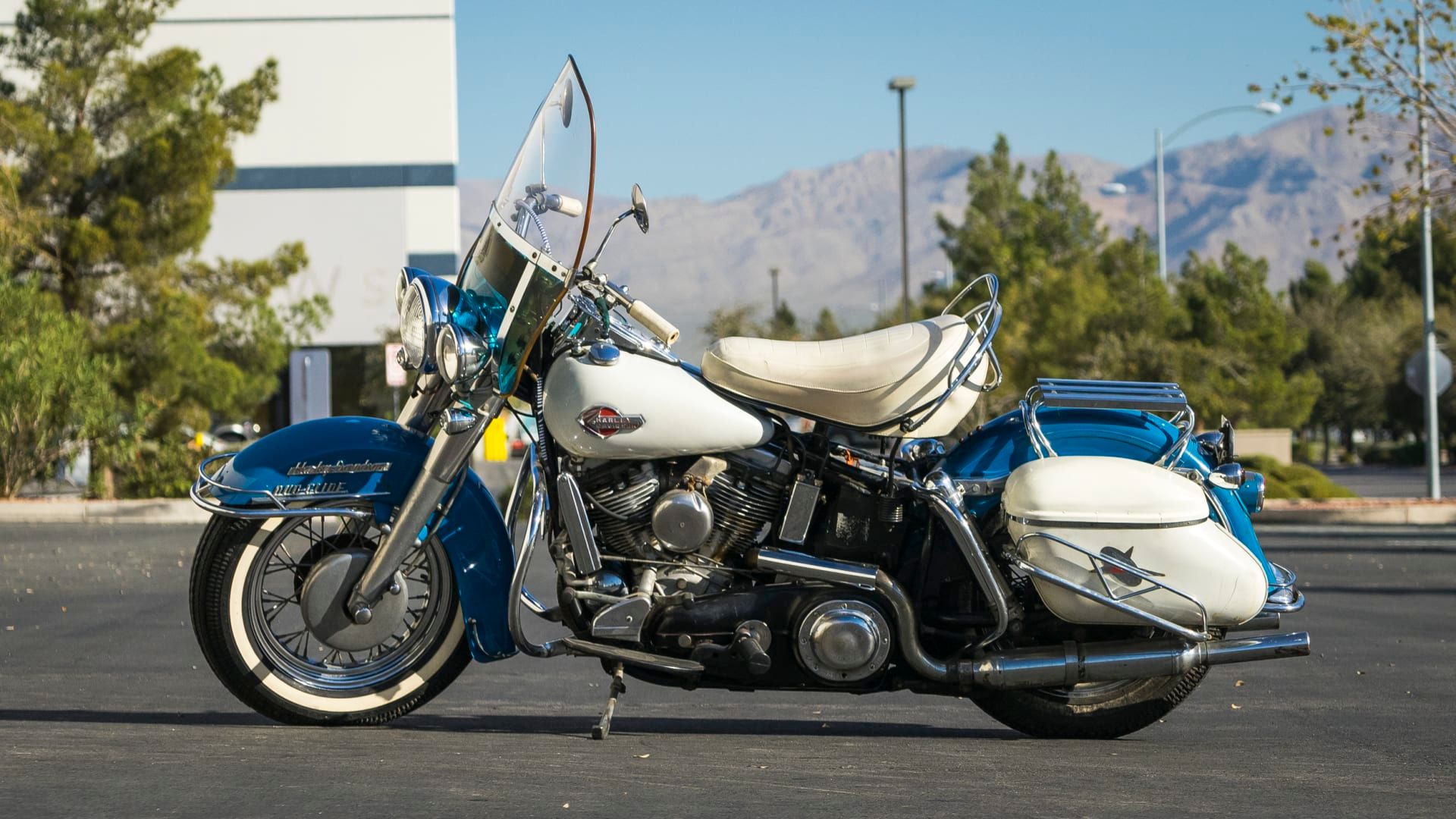
12 Classic Harley-Davidson Motorcycles That Are Now Worth A Fortune
Thought Harleys were on the expensive side? These classics take that thinking a few steps further.The Harley-Davidson FXR's Decline
FXRs loitered in Harley’s catalog for over a decade. However, they saw a massive decline in sales following the release of the Dyna, which offered some handling improvements to the FXR chassis and was ultimately the machine that Harley decided to continue with into the twenty-first century. Following the death of the FXR model, Harley-Davidson did release another limited-edition CVO variation in 1999, but that was met with a tepid response from Harley’s once die-hard FXR consumer base.
However, since the introduction of the FXR in 1981 and Harley’s 1995 discontinuation of the model, those early champions of the FXR have not stopped raving about the superior qualities of the bike. It had the comfort and featherweight attributes of a Japanese motorcycle but combined that with an American V-Twin's torque, power, and sound of an American V-twin.
The Harley-Davidson FXR's Probable Reasons For Decline
- Dwindling sales following the release of the Dyna
- Harley-Davidson's switch to focus on newer models
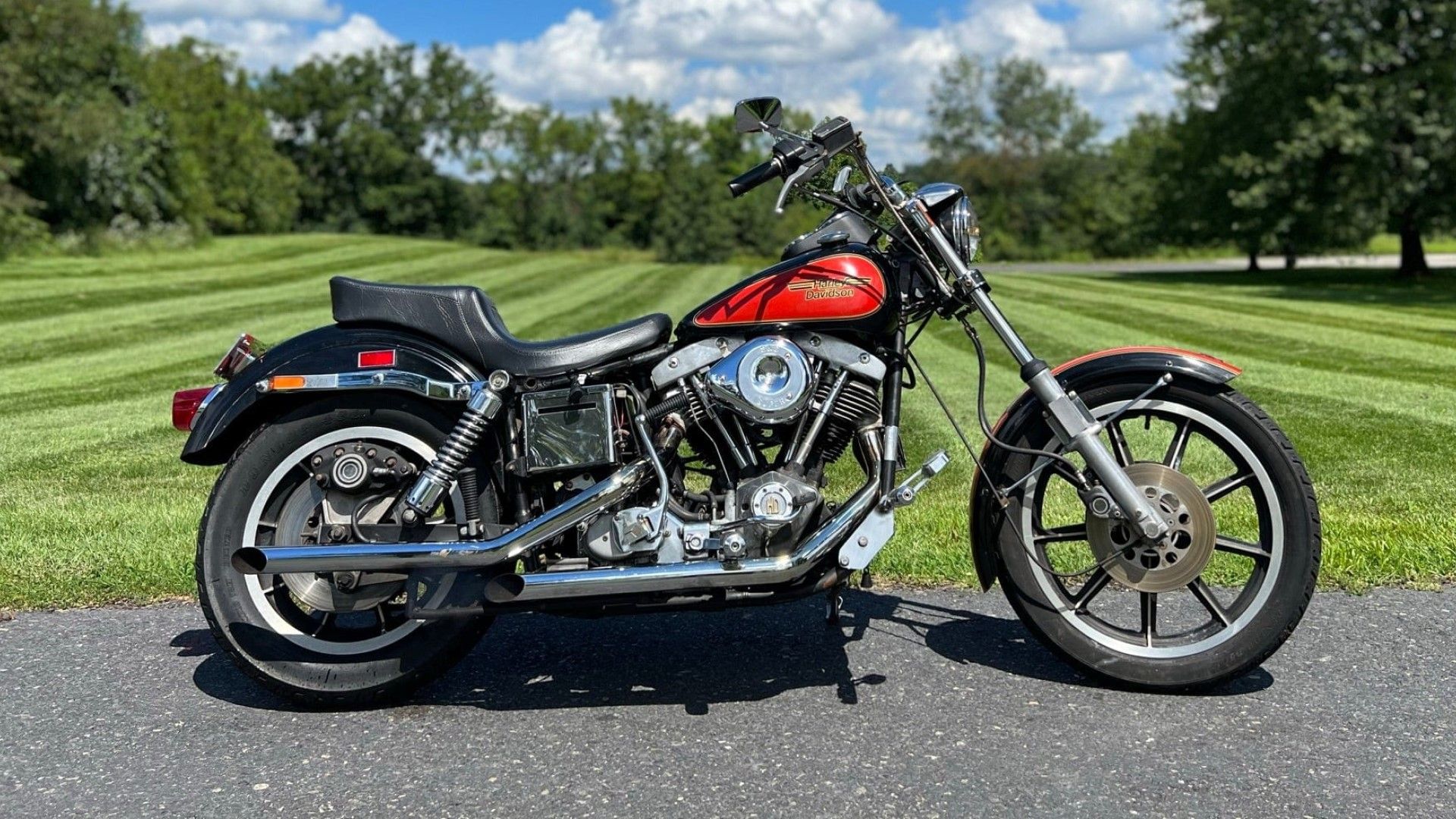
10 Reasons Why The FXS Low Rider Was A Game Changer For Harley-Davidson
Harley-Davidson has made many models worth remembering, but the inimitable FXS Low-Rider has made Harley what it is today.Here's Why The FXR Is Seeing A Resurgence
Now, as those children of the '80s approach middle age and acquire the financial stability that typically comes with it, they remember those FXRs their fathers rode. They remember FXRs in '80s movies like Pulp Fiction and others stuffed to the gills with motorcycle chases. This last aspect, in particular, is likely a major reason why FXRPs, the police versions of the FXR, are so popular among today's collectors.
If untouched and devoid of any modifications with original paint, the fairings of these models can sell for thousands of dollars. Police FXRs are so desirable in this day and age that many sell for upwards of $15,000 on the used market – similar in price to many Panheads and early Shovelheads, motorcycles which only a few years ago would have been seen as vastly more valuable than a bike outfitted with an Evo engine, but the FXR has made this dramatic comeback. We are now witnessing customized FXRs grace the pages of esteemed chopper magazines, too.
The superior handling, comfort, and ease of maintenance on Evo FXRs may mean that in the future, their price will skyrocket beyond where it already sits. For all intents and purposes, even though the technology is nearly 40 years old, there are modern machines, and their reliability would leave no rider questioning whether their bike may make it to the coast if the motorcycle is already in good running order, which is not the case of most antique motorcycles.
The Antique Motorcycle Club of America’s guidelines for what is considered “antique” is that a bike is 35 years or older, meaning that the Harley Evo engine only recently qualified. This designation could mean that collectability only increases from here. Would-be investors would do well to hope on the FXR train before it gets too far down the line, as was the case with the Knucklehead because the desirability and infatuation with these motorcycles have dissipated little since they first rolled off the line in 1982.
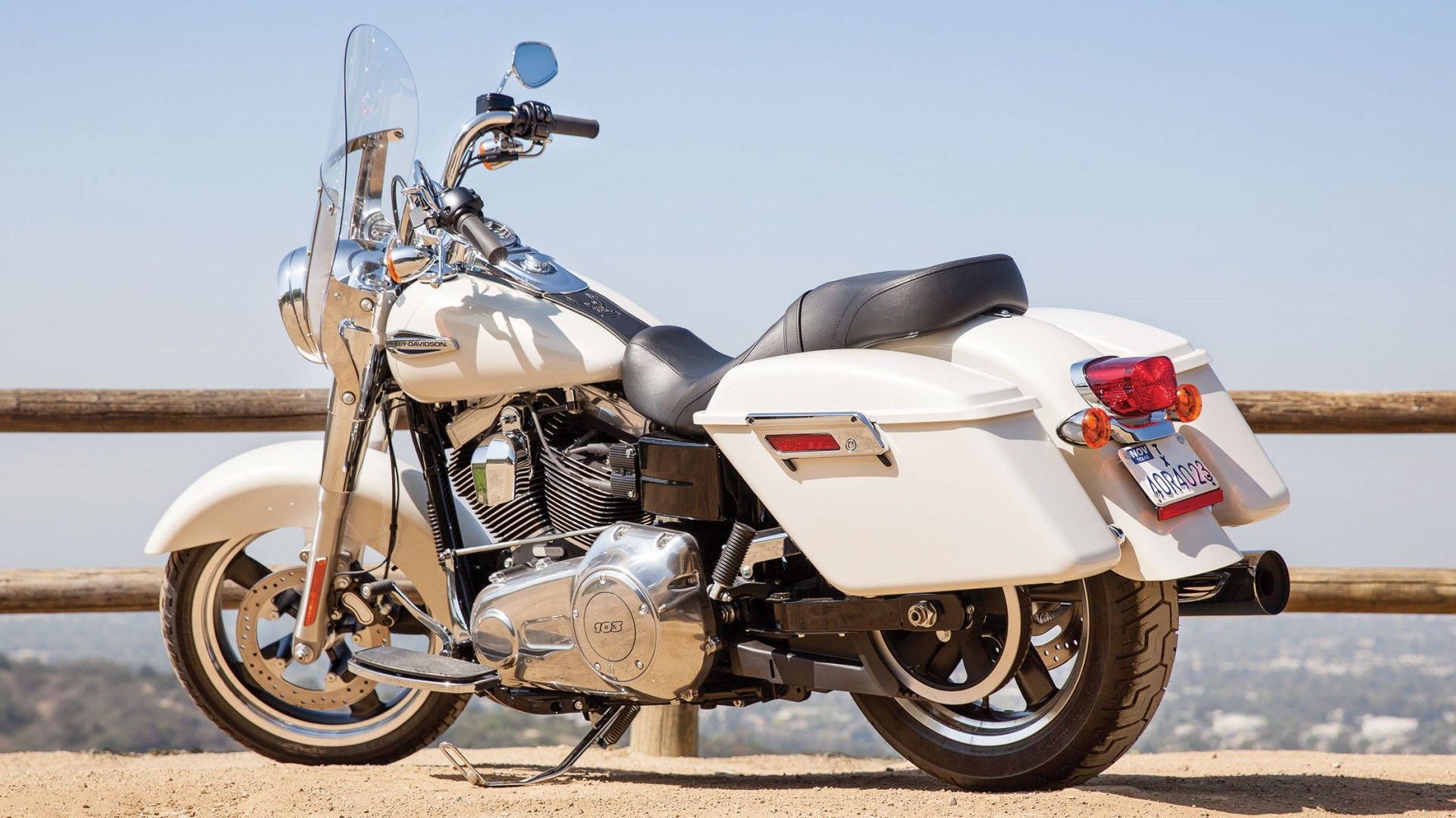
Here's What Made The Harley-Davidson Switchback A Standout Cruiser
The Switchback addressed a long-standing concern plaguing touring bikes and cruisers.Here's How Much A Used '80s FXRs Cost
Used Price Range: $7,400-$16,000
As it stands, getting a used '80s Harley-Davidson FXR isn't exactly a piece of cake. For a start, they're rather expensive overall; on average, an FXR in decent condition will set you back around $10,000. Considering this bike was produced through the '80s and early '90s, that's quite a steep amount to shell out.
What's more, they're not exactly plentiful. A scan of the used market points to FXRs being quite rare. And even the ones you find will likely be customized in some way or far away from showroom conditions. Given that, it's more than likely that you'll need to set aside a fair chunk of money to get the bike in running order, not to mention the money required for regular maintenance.
All that said, what's undeniable is that people are realizing the worth of the FXR now and are listing them accordingly. And while this is in no way buying advice, the probability is that its value will only go higher considering the demand and supply equation for the FXR.
- Source for features: Motorcycle Cruiser, Deadbeat Customs
- Source for technical specifications: Motorcycle Specs
- Source for used prices: Cycle Trader, Hagerty

